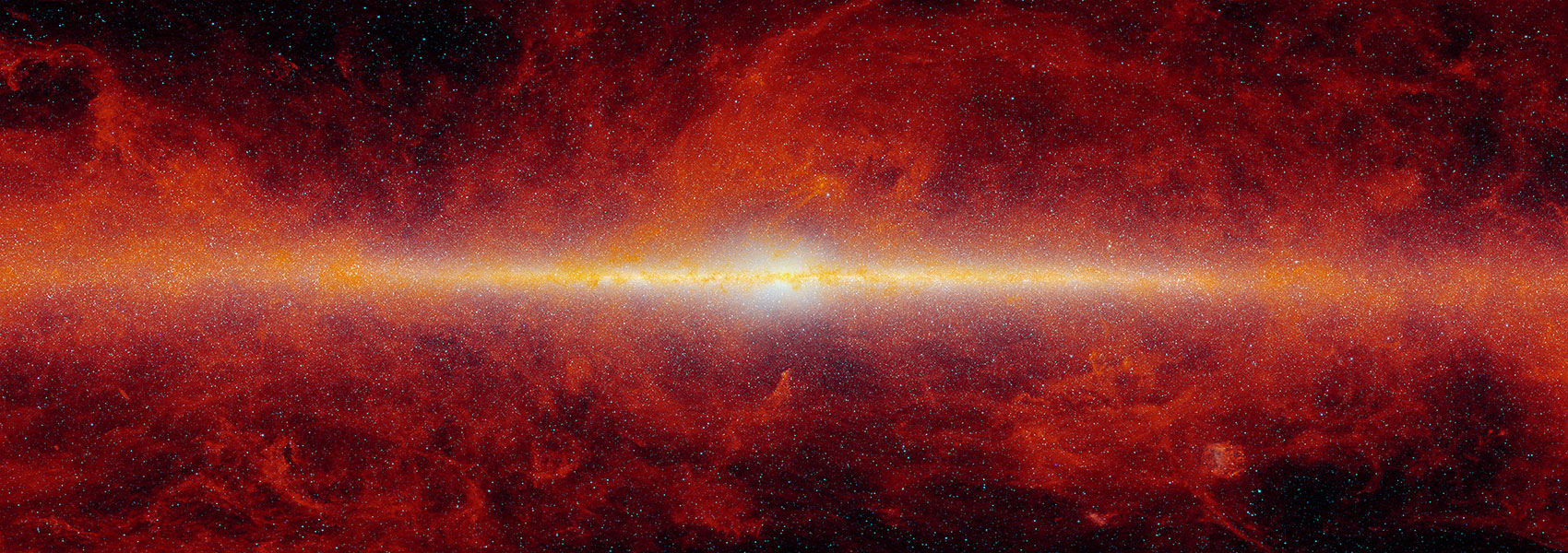
The Near Infrared Imager and Slitless Spectrograph for the James Webb Space Telescope. I. Instrument Overview and In-flight Performance
September 2023 • 2023PASP..135i8001D
Abstract • The Near-Infrared Imager and Slitless Spectrograph (NIRISS) is the science module of the Canadian-built Fine Guidance Sensor onboard the James Webb Space Telescope (JWST). NIRISS has four observing modes: (1) broadband imaging featuring seven of the eight NIRCam broadband filters, (2) wide-field slitless spectroscopy at a resolving power of ~150 between 0.8 and 2.2 μm, (3) single-object cross-dispersed slitless spectroscopy (SOSS) enabling simultaneous wavelength coverage between 0.6 and 2.8 μm at R ~ 700, a mode optimized for exoplanet spectroscopy of relatively bright (J < 6.3) stars and (4) aperture masking interferometry (AMI) between 2.8 and 4.8 μm enabling high-contrast (~10-3 - 10-4) imaging at angular separations between 70 and 400 mas for relatively bright (M < 8) sources. This paper presents an overview of the NIRISS instrument, its design, its scientific capabilities, and a summary of in-flight performance. NIRISS shows significantly better response shortward of ~2.5 μm resulting in 10%-40% sensitivity improvement for broadband and low-resolution spectroscopy compared to pre-flight predictions. Two time-series observations performed during instrument commissioning in the SOSS mode yield very stable spectro-photometry performance within ~10% of the expected noise. The first space-based companion detection of the tight binary star AB Dor AC through AMI was demonstrated.
Links
- SIMBAD https://simbad.u-strasbg.fr/simbad/sim-ref?querymethod=bib&simbo=on&submit=submit+bibcode&bibcode=2023PASP..135i8001D
- PDF https://iopscience.iop.org/article/10.1088/1538-3873/acd41b/pdf
- PREPRINT http://arxiv.org/abs/2306.03277
- DATA https://archive.stsci.edu/mastbibref.php?bibcode=2023PASP..135i8001D
- ELECTR https://doi.org/10.1088/1538-3873/acd41b



